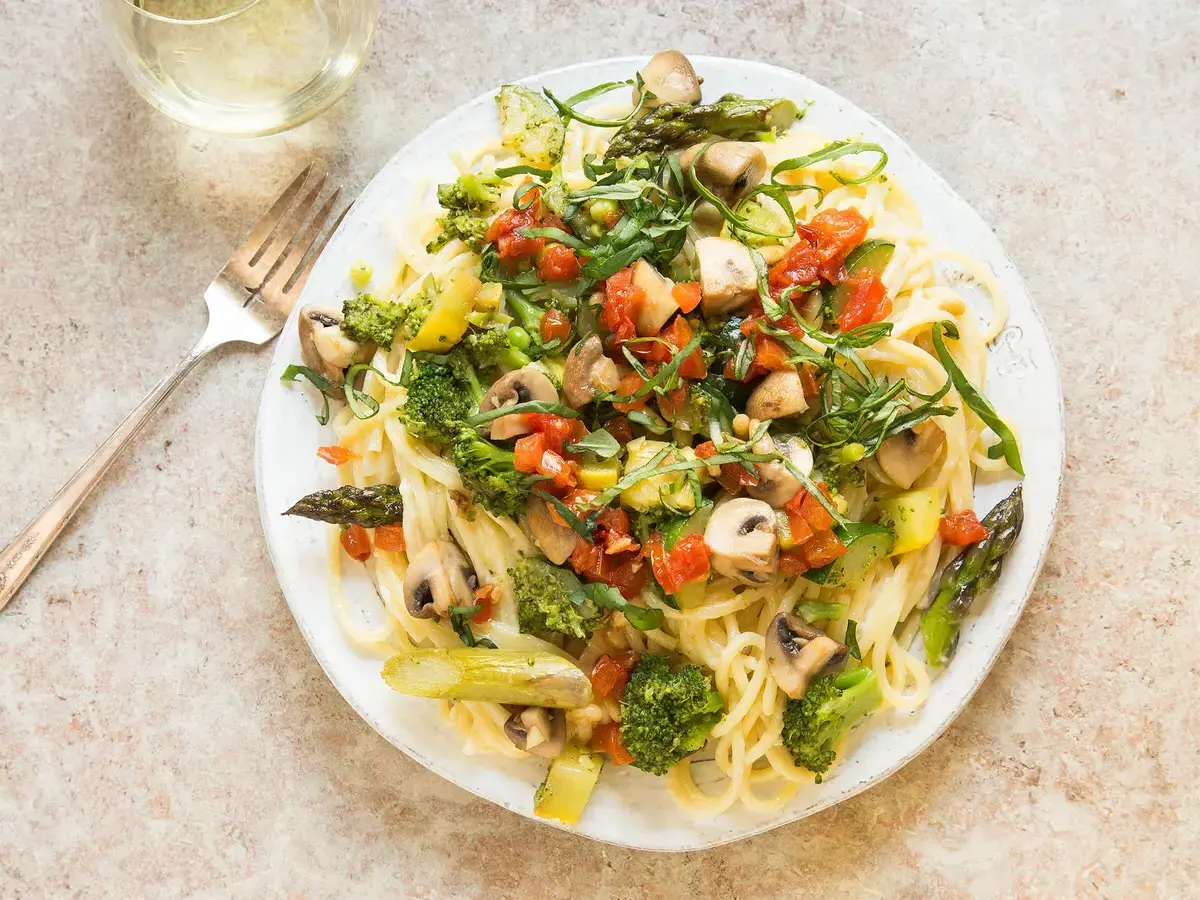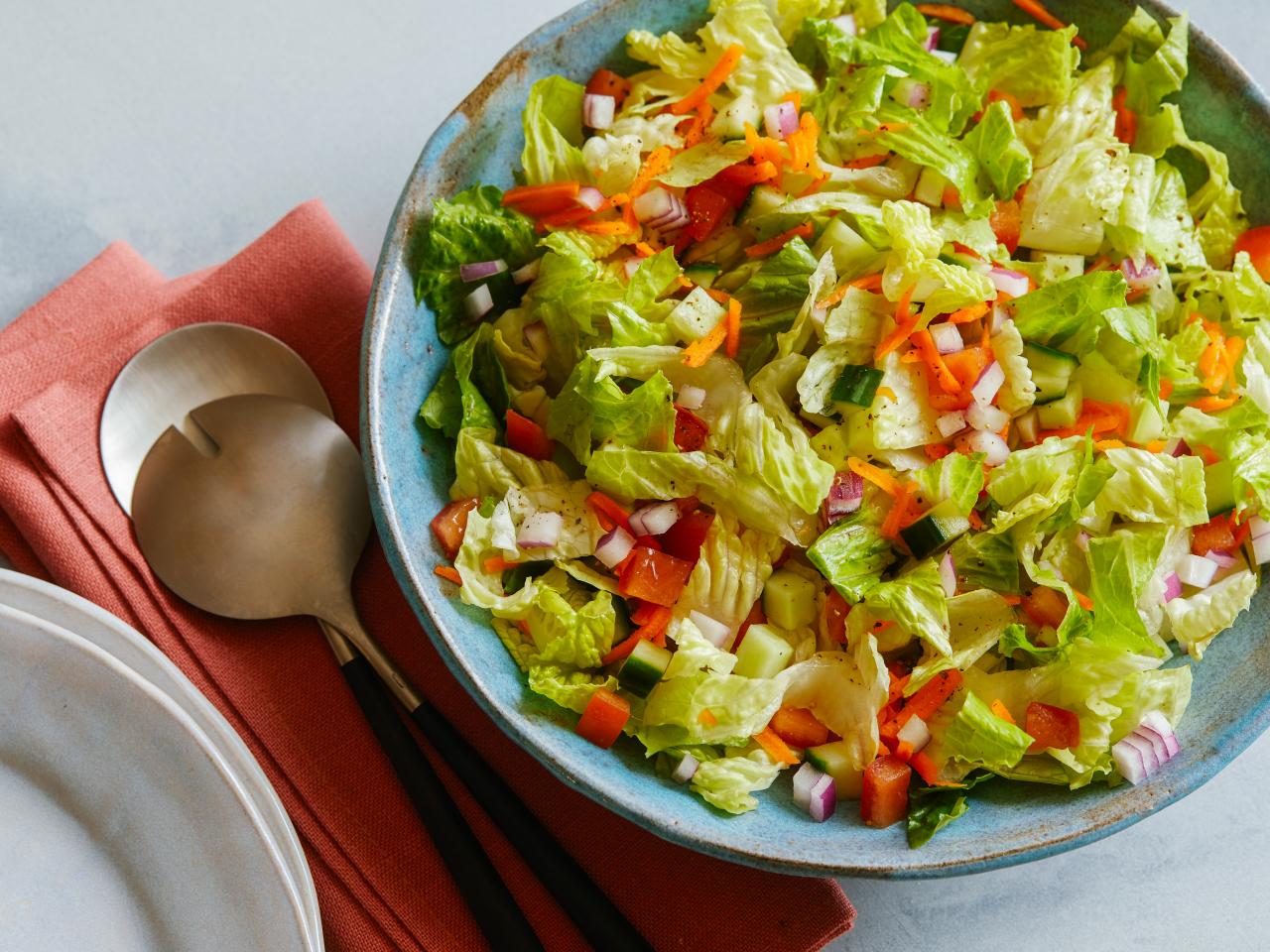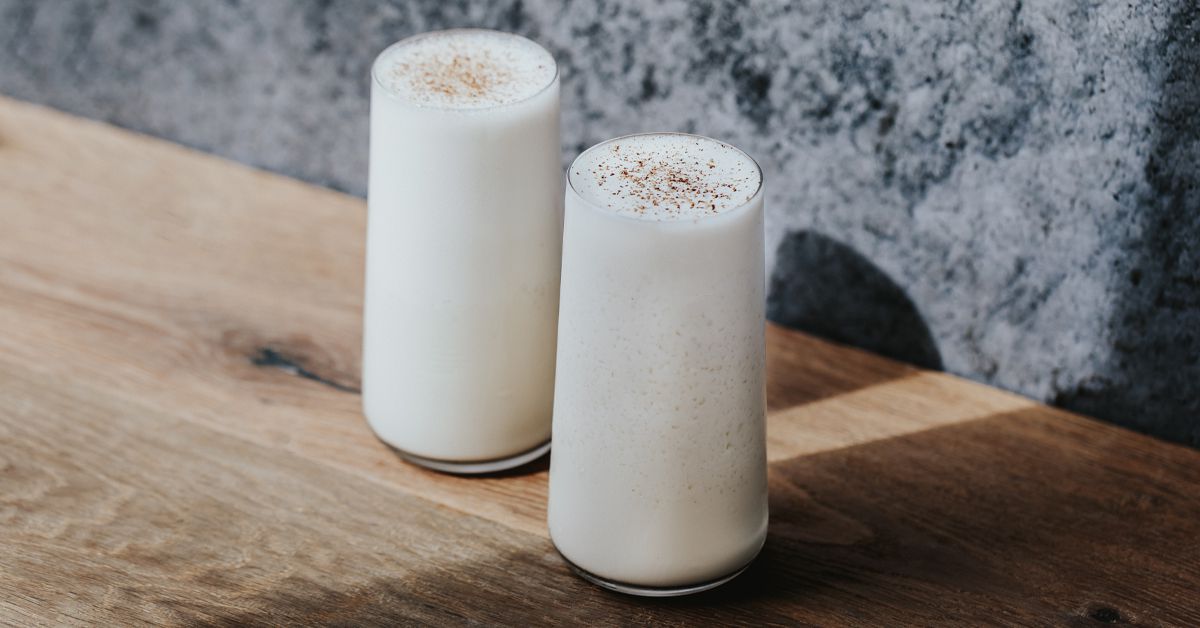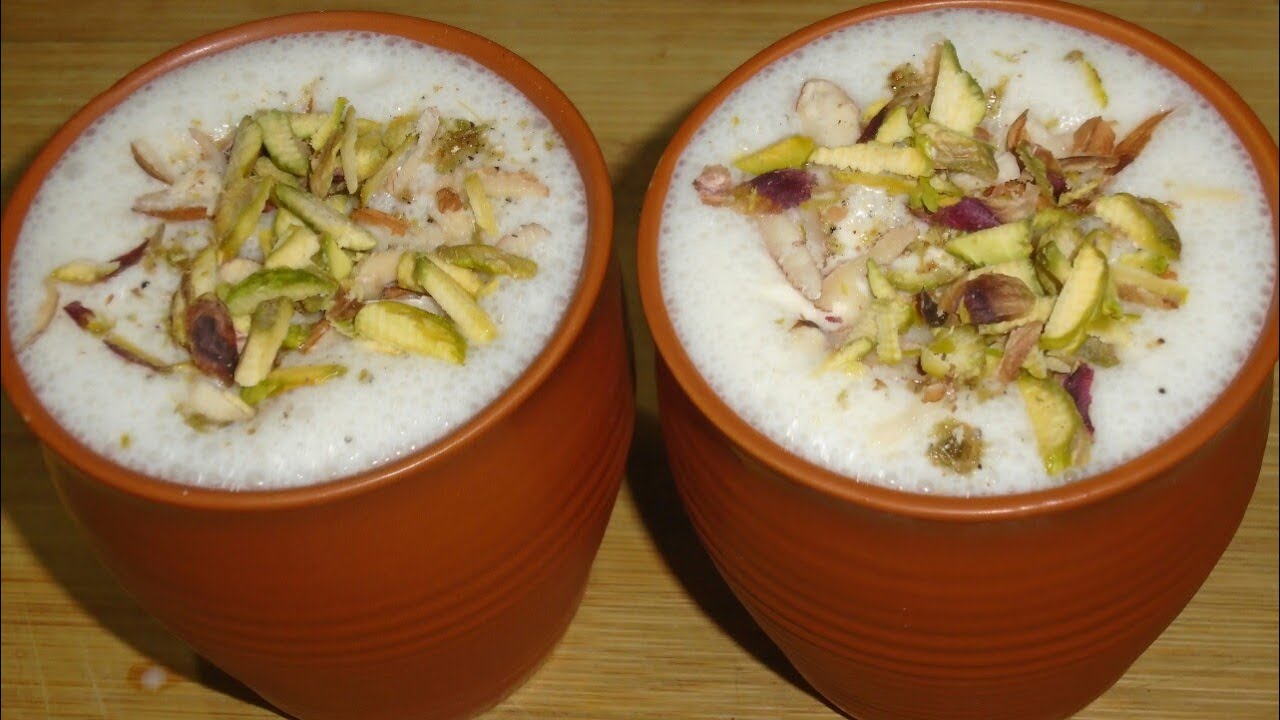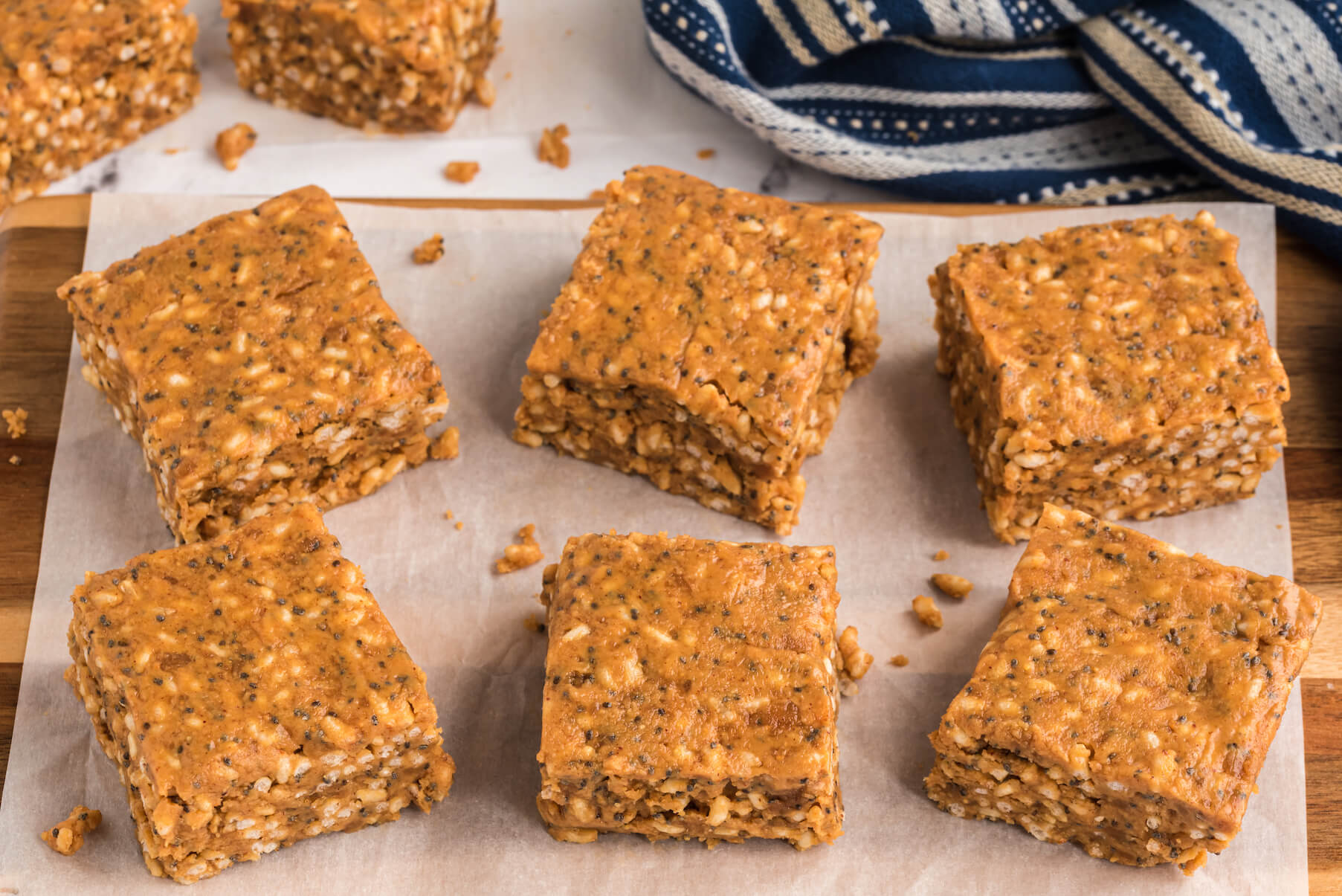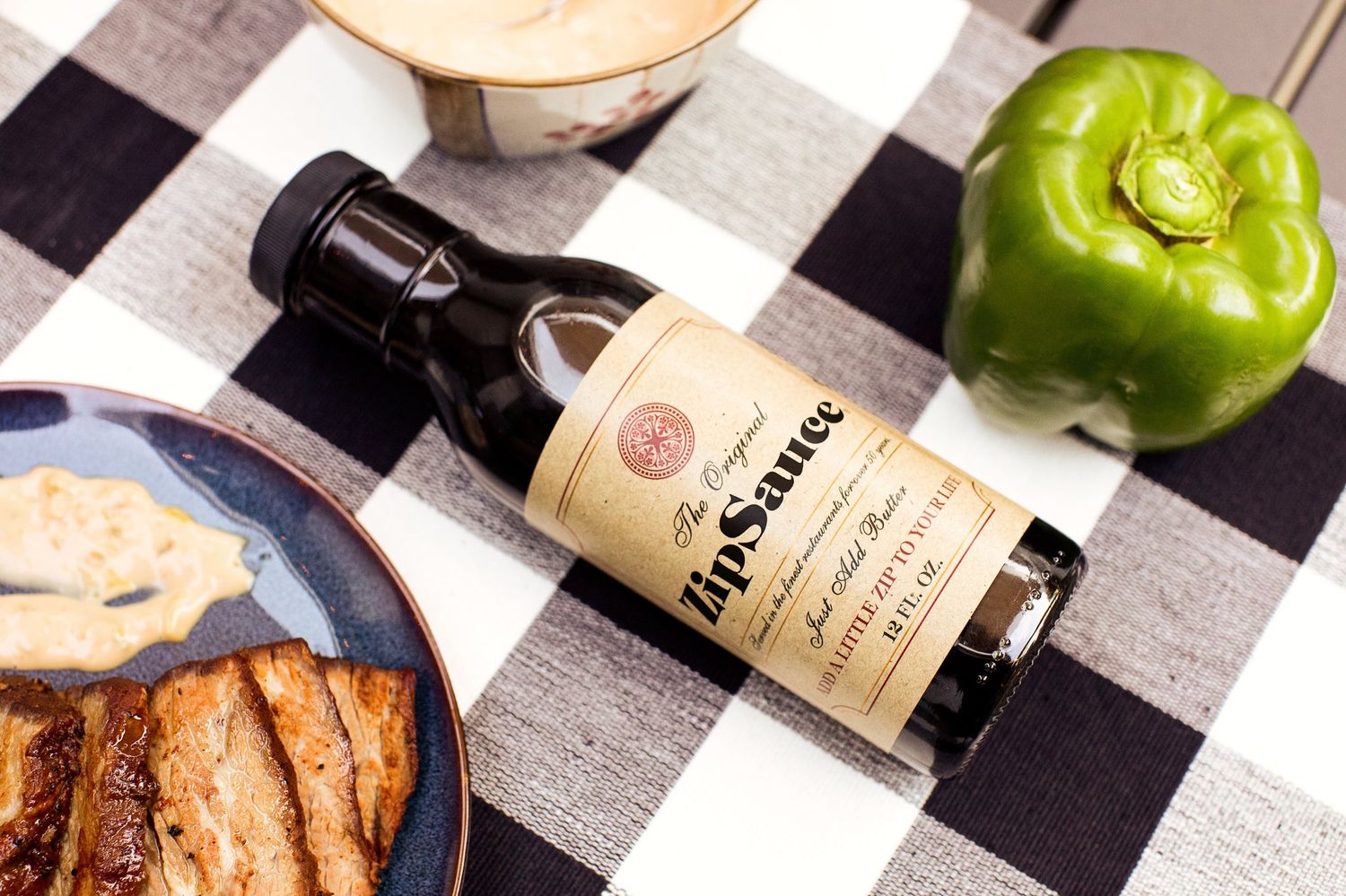Understanding Unhulled Tahini
Unhulled tahini is a popular ingredient in many cuisines, known for its rich, nutty flavor and creamy texture. But what exactly is unhulled tahini, and how is it different from hulled tahini? Let’s explore the origins, uses, and benefits of this versatile ingredient.
What is Unhulled Tahini?
Unhulled tahini is a paste made from ground, whole sesame seeds that have not had their outer shell removed. This sets it apart from hulled tahini, which is made from sesame seeds that have been hulled, or had their outer layer removed. The unhulled variety retains more of the seed’s natural nutrients and has a slightly more bitter taste compared to hulled tahini.
Origins and Culinary Uses
Unhulled tahini has been a staple in Middle Eastern and Mediterranean cuisines for centuries. It is commonly used in dishes such as hummus, baba ganoush, and halva, as well as in salad dressings and sauces. Its rich, earthy flavor adds depth to both savory and sweet dishes, making it a versatile ingredient in the kitchen.
Benefits of Unhulled Tahini
Unhulled tahini is a nutritional powerhouse, packed with essential vitamins, minerals, and healthy fats. Some of its key benefits include:
- Rich in nutrients: Unhulled tahini contains high levels of calcium, iron, and magnesium, making it a great addition to a balanced diet.
- Heart-healthy fats: The natural oils in unhulled tahini are predominantly unsaturated fats, which can help support heart health when consumed as part of a balanced diet.
- Plant-based protein: Sesame seeds are a good source of protein, making unhulled tahini a valuable addition to vegetarian and vegan diets.
How to Use Unhulled Tahini
Unhulled tahini can be used in a variety of ways in the kitchen. Here are some ideas to incorporate this flavorful ingredient into your cooking:
- Hummus: Use unhulled tahini as a key ingredient in homemade hummus for a rich, nutty flavor.
- Sauces and dressings: Whisk unhulled tahini with lemon juice, garlic, and olive oil for a creamy, flavorful dressing for salads or roasted vegetables.
- Baking: Add a spoonful of unhulled tahini to cookie or brownie batter for a nutty twist on classic desserts.
Where to Find Unhulled Tahini
Unhulled tahini can be found in most health food stores, specialty grocery stores, and online retailers. Look for brands that use high-quality sesame seeds and minimal additives for the best flavor and nutritional value.
In Conclusion
Unhulled tahini is a versatile, nutrient-dense ingredient that adds depth and flavor to a wide range of dishes. Whether you’re a seasoned cook or just starting to explore new flavors in the kitchen, unhulled tahini is a valuable addition to any pantry. With its rich, nutty taste and abundance of health benefits, it’s no wonder that unhulled tahini has stood the test of time as a beloved culinary staple.
Was this page helpful?
Read Next: What Is Rustica Sauce?
